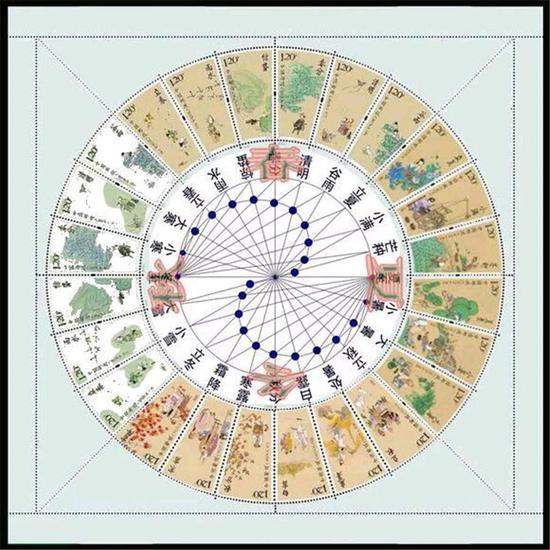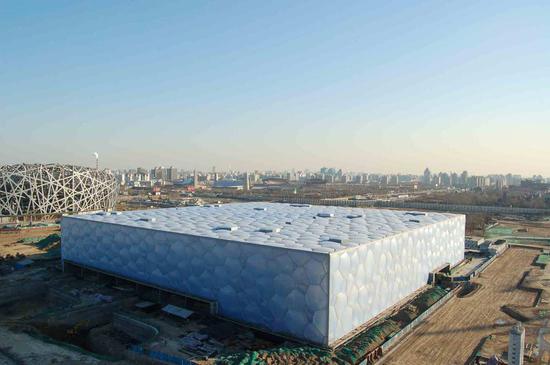China-U.S. trade volume totaled 2.29 trillion yuan ($335 billion) in the first seven months, up 5.2 percent, accounting for 13.7 percent of the country's total trade volume.
China-U.S. trade surplus increased 6.4 percent to 1.04 trillion yuan through to July.
China's exports to the United States grew 5.6 percent to 1.66 trillion yuan during the same period.
China's goods trade went up 8.6 percent year-on-year to 16.72 trillion yuan ($2.45 trillion) in the first seven months of this year, customs data showed Wednesday.
Exports rose 5 percent year-on-year in the January-July period while imports grew 12.9 percent, resulting in a trade surplus of 1.06 trillion yuan, which narrowed by 30.6 percent, according to the General Administration of Customs.
In July, exports rose by 6 percent to 1.39 trillion yuan, while imports jumped 20.9 percent to 1.21 trillion yuan.
In the first seven months, exports and imports of products under the general trade category, which are differentiated from processing trade, gained 12.7 percent from a year ago to 9.85 trillion yuan, accounting for 58.9 percent of the total foreign trade, 2.1 percentage points higher than the same period in 2017.
The country's trade with major trading partners saw an increase during the January-July period. Trade with the European Union, its largest trading partner, climbed 5.9 percent, and trade volume with ASEAN countries increased by 11.6 percent.
Trade with countries along the Belt and Road totaled 4.57 trillion yuan, up 11.3 percent year-on-year, 2.7 percentage points faster than the average growth rate, data showed.
The Ministry of Commerce (MOC) said Tuesday the country's service trade rose 8.5 percent year-on-year to stand at 2.53 trillion yuan ($370 billion) in H1.
Service exports increased 13.6 percent to 841.57 billion yuan, while imports gained 6.1 percent to 1.69 trillion yuan, which resulted in a deficit of nearly 848.18 billion yuan, down by 2.66 billion yuan from the same period a year ago.
It was the first time in eight years China has seen a decrease in service trade deficit in half-year data.
MOC official Li Yuan attributed the shrinking deficit to a rapidly-growing service sector, policy support from the government, and increasing exports of emerging services, such as telecom and insurance.
Despite the retreat, Li predicts the deficit will continue to grow in the coming years, as the Chinese continue to have a huge demand for overseas trips and education, and will finally cap in 2025.
Trade in services refers to the sale and delivery of intangible products such as transportation, tourism, telecommunications, construction, advertising, computing, and accounting.
China has taken steps to improve the development of trade in services, including gradually opening up the finance, education, culture, and medical treatment sectors.
The service trade expansion has outpaced the growth rates in goods trade, the value added in the service sector, and GDP in the same period. Service trade accounted for 15.2 percent of China's total foreign trade in the first six months, up 0.1 percentage point year-on-year.
Exports of emerging services jumped 23.6 percent in H1 to 440.2 billion yuan and accounted for more than half of the total service exports.


















































